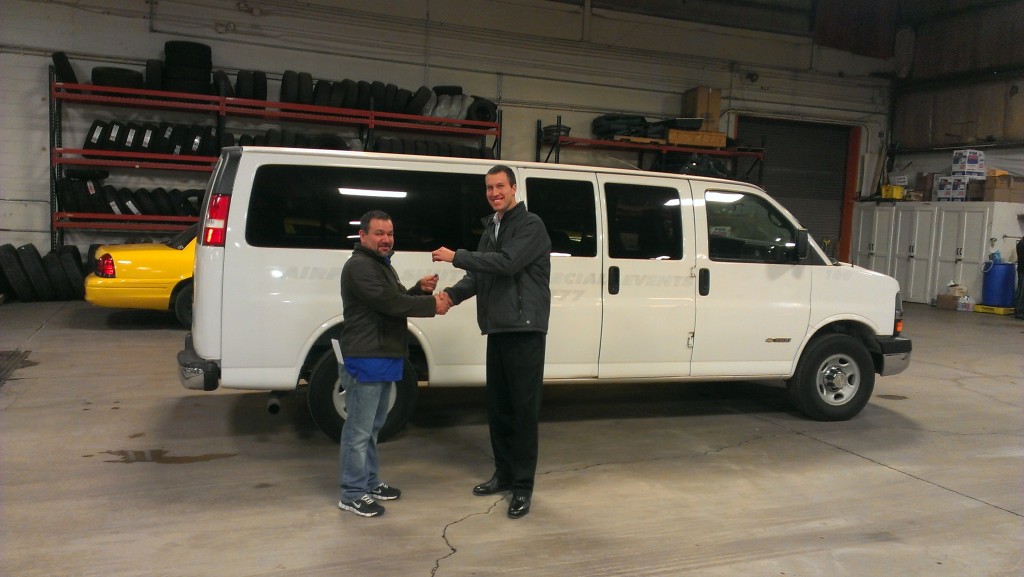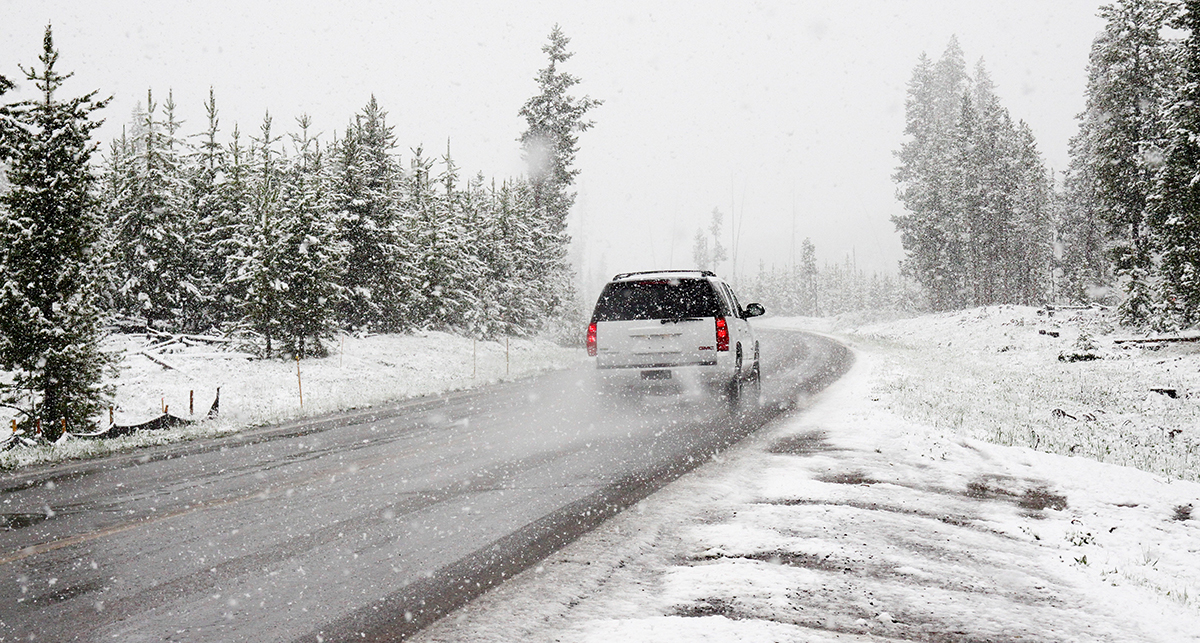Whether you are considering traveling today or tomorrow, the below will provide you with some rules to follow that will help assure a safe reliable transportation provider.
Tip #1) Ask how long the company has been in business. Find out when the company was established, and how long it has been offering charter coach service. A long track record is generally desirable.
Tip #2) Request the company's DOT number. A DOT (Department of Transportation) number is assigned by the US Government and is required to operate legally. The DOT number can be used to check the carrier's safety rating (See tip #3).
Tip #3) Ask about their DOT Safety Rating. The US Department of Transportation (DOT) issues safety ratings based on the company's accident record and adherence to Federal Motor Carrier Safety Regulations. The highest possible rating is Satisfactory. Other ratings include Conditional, Not Rated, or Unsatisfactory. Never charter from a company with an unsatisfactory rating. It's easy to find a carrier's rating on the Internet. Go to http://www.safersys.org Seach by company name, USDOT number or MC number.
Tip #4) Request a Certificate of Insurance. Your carrier should supply a Certificate of Insurance. This certificate shows the carrier's levels of insurance and effective policy dates. Accepted levels of insurance call for $5 million combined, single-limit liability coverage.
Tip #5) Ask for references. Request and contact references from similar type groups traveling on similar type programs. Never charter from a company unwilling to provide references.
Tip #6) Inquire about the size of their fleet. Overall charter fleet size is important. It provides a gauge to the operator's ability to supply alternate vehicles in the event of a mechanical problem, for multi-bus movements, on weekends or during peak seasons. It also provides some insight into the carriers success.
Tip #7) Ask if the Company is available for Inspection. You should inspect a carrier personally whenever possible. Inspect the motorcoach equipment, general offices and garage facilities. You can tell a lot about a company just by looking.
Tip #8) Inquire about the average age of the equipment operated. Vehicles that are more than 10 years old, unless properly maintained on a preventive maintenance basis, can have a greatly diminished reliability factor. Generally speaking, the newer the coach, the fewer the breakdowns.
Tip #9) Determine if the carrier is a full service company. Do they have their own maintenance facilities? Can they provide a variety of vehicles to meet your special needs? Ask if they help arrange tours and special services you require.
Meeting Your Needs . . .
Tip #10) Clearly spell out your schedule and what is involved in detail. Be prepared to provide the company a detailed itinerary for your trip. This information allows the company to quote on your trip accurately. For your safety, drivers hours are limited by Federal regulations. In addition, specify if your driver must stay in the same hotel as your group.
Tip #11) Consider your groups special needs. Things like the need for a video system, beverage galley, handicapped access or other equipment.
Tip #12) Ask if video coaches are available. Video equipped coaches can be a genuine asset. You can view educational videos or movies to help pass the hours. Sports teams can even view game tapes. A great way to see your opponent, or review your own performance.
Tip #13) Ask if the carrier is legally licensed to show motion pictures en route. Only carriers licensed by the Motion Picture Association of American may show copyrighted movies. Ask to see a copy of the carrier's MPAA license. (Films rented from a video store are not licensed for public viewing.)
Tip #14) Be a careful shopper. If your organization requires multiple quotations, make sure careful consideration of the remaining Consumer Tips are balanced against cost. A decision based solely on price may not be the best value.
Tip #15) Ask who pays for the driver's room. Is the driver's room included in the charter cost? If not, ask if you are responsible for the driver's room.
Tip #16) Determine company policy for extra mileage costs above the contracted amount. Find out the carriers policy concerning "overage miles" before you select a carrier — not when you get an inflated bill after you return!
Safety Issues . . .
Tip #17) Ask if the company adheres to Department of Transportation driver regulations. The DOT limits the number of hours a driver can work. A driver is limited to 10 hours of actual driving time. If your itinerary exceeds this limit, ask the company how they plan to handle your groups needs.
Tip #18) Inquire about the company's procedures for on-the-road emergencies. The company should have access to a nationwide reciprocal maintenance agreement which will assure you of prompt servicing of equipment in all regions of the USA.
Tip #19) Ask if the Company has a formal Drug and Alcohol Program. Specify that your carrier supply a copy of their written drug and alcohol policy statement. Never charter from a carrier that does not strongly enforce a drug and alcohol-free workplace.
Tip #20) Request a list of qualified CDL drivers. Ask the carrier to submit a list of current qualified drivers. These drivers must have a CDL (commercial drivers license), a DOT driver's file, a current DOT physical examination and approved Medical Examiner's Card, as well as other driver qualification documentation.
This brochure is produced as a public service by the National Motorcoach Network. Permission to reproduce this document is granted with proper atttribution to National Motorcoach Network, Inc.





 Live Chat
Live Chat
